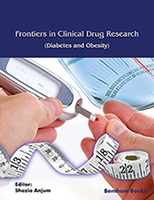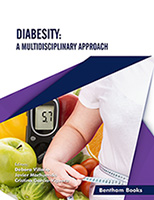Introduction
This e-book on diabetes epidemiology starts with the evolution in the diagnostic criteria for diabetes, particularly the changes in the last 15 years and their impact on the prevalence of the disease. The increasing trend in prevalence of diabetes worldwide, and its impact on people’s health and economic development are described by regions and countries. The rationale for a diabetes screening program, recent development in screening strategies and screening tools are thoroughly reviewed and presented. Because obesity is one of the major risk factors for diabetes and has been included in several risk assessment questionnaires, the obesity-diabetes association is particularly addressed in this e-book. The diagnostic cut-off value for surrogate measurement of body fat mass such as body mass index (BMI) and waist circumference is also discussed. The measurement errors and the strength of the association of diabetes with BMI and waist circumference are formally compared. Other diabetes related metabolic disorders such as dyslipidemia and hyperuricemia are also discussed with regard to their association with different degree of glucose intolerance including pre-diabetes and undiagnosed diabetes. The risk of dyslipidemia with cardiovascular mortality and morbidity in people with different glucose levels is estimated within different ethnic groups and the ethnic differences are compared. Recent interest on diabetes-cancer association is on the rise. Academic literature on this issue presented in this volume. The relationship of diabetes with cardiovascular disease is also recognised. In this book the focus is set on the impact of various levels of fasting and 2-hout post-load glucose on the occurrence of cardiovascular mortality and morbidity.





